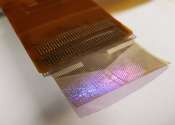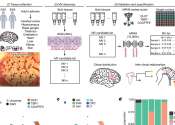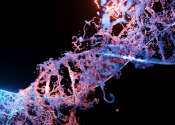The University of California at San Diego or UCSD is one of the ten campuses of the University of California. UCSD was founded in 1960s in the San Diego County area and has steadily grown into a prime location for the study of climate change, oceanography (Scripps Institute), School of Medicine and the Skaggs School of Pharmacy and Pharmaceutical Sciences. University ranking panels place UCSD in the Top 10 for public universities and best values for public education. Faculty of UCSD have been awarded over 7 Nobel Prizes and recently researcher Roger Tsien of UCSD was awarded the Nobel Prize in 2008 for his discovery of the Green Fluorescent Protein and seminal work to design and and create fluorescent molecules that enter the cells and light up their inner workings. At the center of his work is the jellyfish and coral reefs which he discovered produces the Green Fluorescent Protein. UCSD has a large student body in both the graduate and undergraduate programs. The public and media are offered access to research and news via the UCSD web site.
- Address
- 500 Gilman Drive MC0938, La Jolla, CA 92093-0938
- Website
- http://www.ucsd.edu/portal/site/ucsd
- Wikipedia
- http://en.wikipedia.org/wiki/University_of_California,_San_Diego
Some content from Wikipedia,
licensed under CC BY-SA
Subscribe to rss feed









